Tandy Radio Shack was not the first company to release a desktop shell, preceded by the Apple Lisa, Visi On, Xerox Alto and others. But for most of a decade, it was one of the best on the market. Deskmate for TRS-DOS was first released in November 1984, the first version for MS-DOS came out in 1986.
Deskmate was a boon for PC users who had limited computing skills, limited budgets, and wanted an all-in-one suite. (I knew what I was doing on computers, and I still liked it.) Deskmate was intuitive and contained impressive tutorials. It contained a simple word processor, spreadsheet, calendar, address book, calculator and many other functions. Later versions (v3.xx) included Draw (a paint program), 8bit music composition and playing software, and telecommunications programs. About the only thing it was missing was a Tiny Basic interpreter.
Remember: This was in the 1980s, before the world wide web, when people still bought software in specialized stores. Tandy graphics and sound were still amongst the best on the market, almost the defacto standard. Deskmate came bundled with Tandy IBM-clones (which were usually better and cheaper than IBM PCs), but it was so popular that Radio Shack sold it in boxes to other PC users.
Toastytech lists Deskmate amongst its gallery of GUIs, and Winworld will let you download a copy (though you didn’t hear that from me). The Internet Archive will let you test drive Deskmate to see what it can do. Fly Videos on youtube has a non-speaking (with music) walkthrough of Deskmate’s abilities.
Version 3.05 was the last version of the shell, a/k/a Deskmate v3.69, released in 1991. Windows v1.0 and v2.0 were substandard compared to Deskmate 3.69, but when Windows v3.0 came out, Tandy saw the writing on the wall and stopped development after WinMate, their last release in 1991. If you’re running a DOS machine (yes, some do), Deskmate is still a usable program today, thirty years on.
Here’s a shot of the main screen, courtesy of Toastytech. More images can be found below the fold.
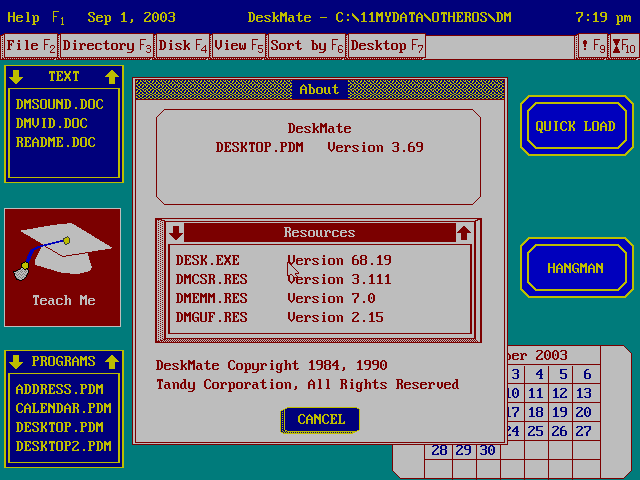
Deskmate’s calendar, calculator and notepad open. Files on the right can be clicked to open, and PDM files were add on programs that could run within Deskmate.
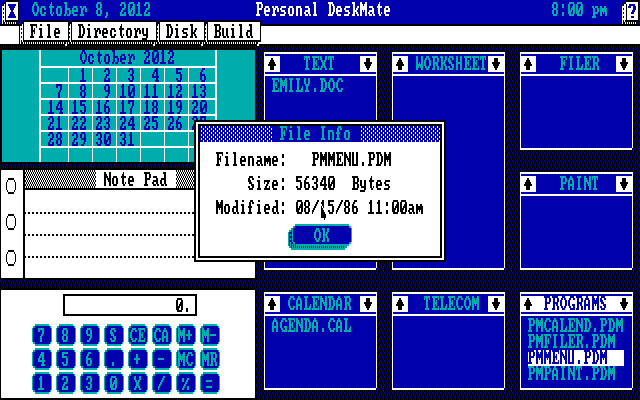
Draw was a vector graphics editor, fairly advanced for its time. It stored images in the FIG and PIC file formats.
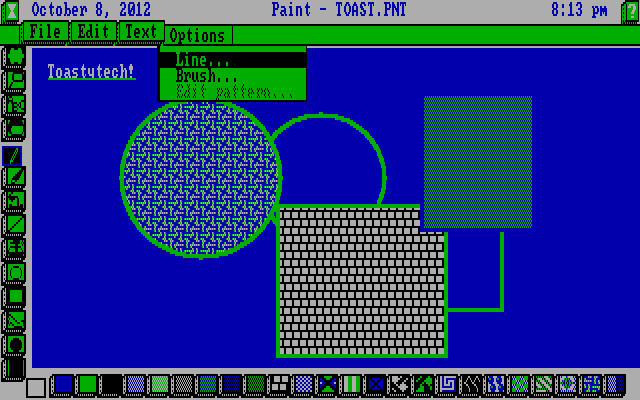
Music could store and play in the SNG file format, playable on other programs. Songs could be composed and stored. OldSkool.org has software that will read and play Tandy sound files.
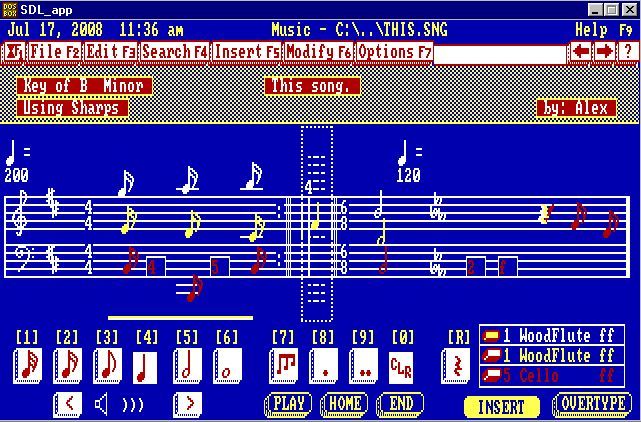
PC-Link was built in so users didn’t need to know more than a phone number to connect to online services.
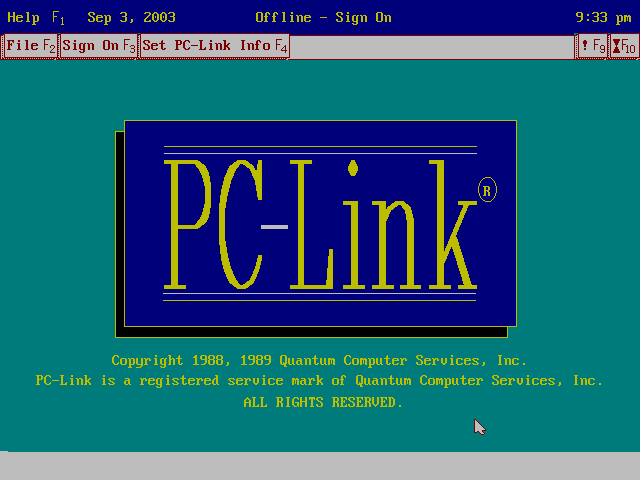
Do I currently use DOS on a computer? No, because I lack a DOS sound card or means to play audio. Following the release of AC’97 chipset standards, hardware makers have stopped providing DOS audio drivers. There are modern DOS audio solutions, however, which I plan to talk about this weekend, and buy within a month.
